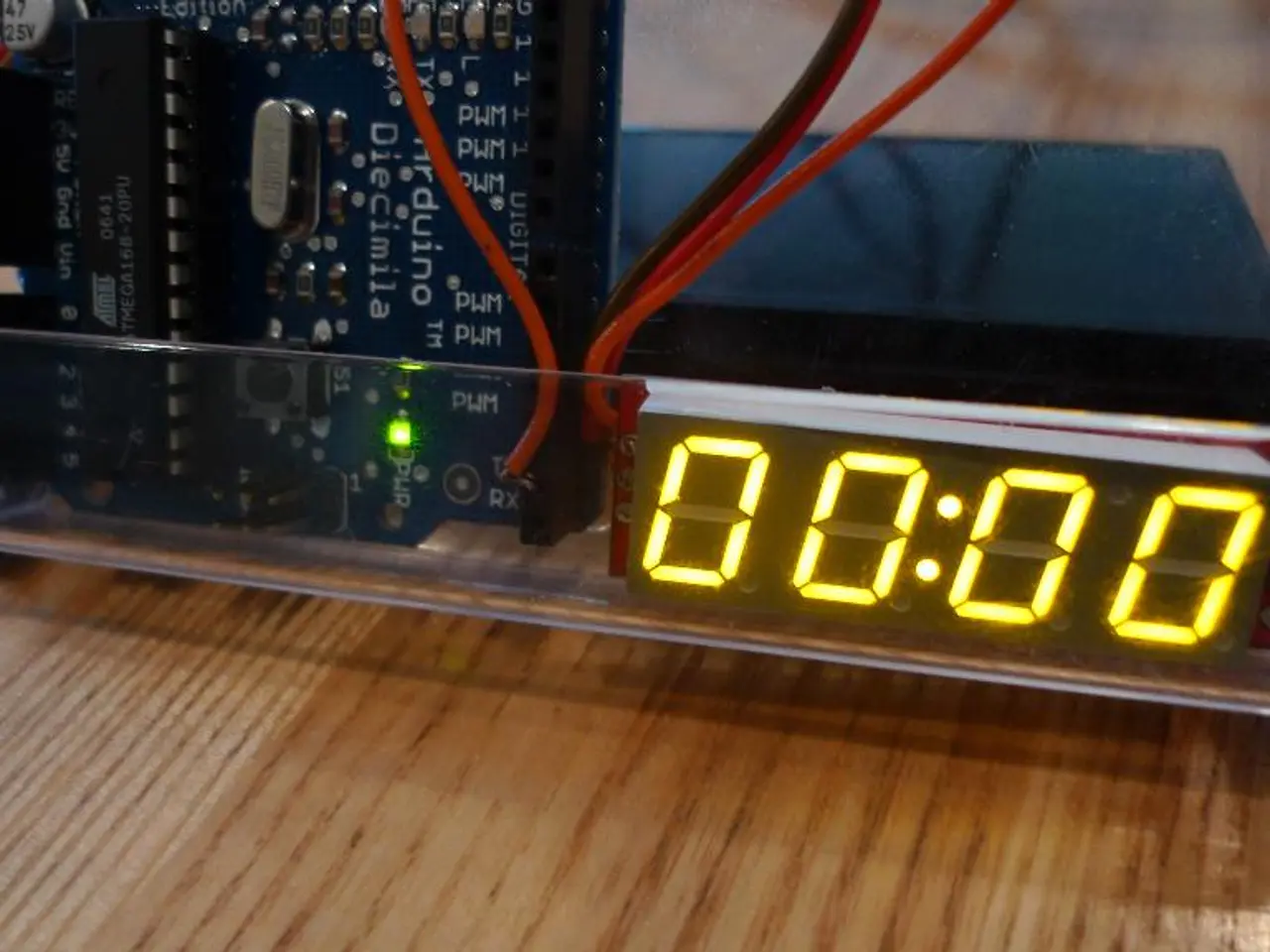Designing a PCB Incorporating Internal Components: A Guide
In the world of electronics, the use of embedded PCB components is gaining traction, offering several benefits over traditional Surface Mount Technology (SMT) components.
One of the most significant advantages of embedded components is size reduction. By integrating passive elements within the PCB substrate, these components achieve a 30-50% size reduction compared to traditional SMT components. This is particularly beneficial in high-density PCBs where space is at a premium.
Another advantage is improved performance. By embedding components directly into the PCB, parasitic effects such as inductance and capacitance are minimized, enhancing signal integrity and electromagnetic compatibility (EMC). This is crucial for high-frequency and high-speed circuits.
Embedded components also increase reliability. Their integral nature within the PCB makes them less susceptible to mechanical stress such as vibration and thermal cycling, enhancing the overall durability and lifespan of the PCB.
Moreover, the reduced component count is a boon for PCB design and manufacturing processes. By integrating components into the PCB substrate, the need for separate components is reduced, simplifying the design process.
Additionally, embedded components offer enhanced security. Their non-removable and non-identifiable nature makes it more difficult for unauthorized parties to access or reverse-engineer the circuit.
However, embedded components also come with challenges. Their adoption is often limited by manufacturing complexity and cost. The integration with flexible circuits, such as in rigid-flex PCBs, requires careful design to manage impedance discontinuities and thermal expansion mismatches.
When designing with embedded components, it's essential to consider factors such as power dissipation, current capacity, temperature coefficient of resistance, and the selection of suitable materials. For instance, materials with high thermal conductivity are recommended for enhanced heat dissipation, while ceramic capacitors in the range of 0.01 to 0.1 microFarads are suitable for stabilizing voltage and filtering out noise in power supply lines.
In conclusion, while embedded components offer significant advantages in terms of size, performance, and reliability, their adoption is often limited by manufacturing complexity and cost. However, as technology continues to evolve, it's likely that these challenges will be addressed, making embedded components an increasingly attractive option for electronics manufacturers.
Technology plays a crucial role in the advancement of embedded PCB components, as these offer a 30-50% size reduction compared to traditional SMT components, reducing space constraints in high-density PCBs. Furthermore, the embedded design minimizes parasitic effects, enhancing signal integrity and electromagnetic compatibility, which is vital for high-frequency and high-speed circuits.




